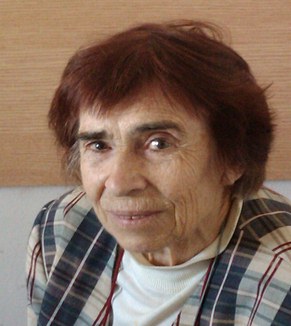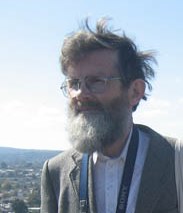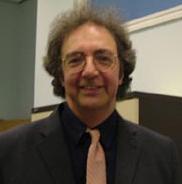Adaptive immune system of each individual is represented by tens of millions variants of T and B lymphocytes, carrying unique molecules of T cell receptors and antibodies, respectively. That is their huge diversity that allows immune system to match specific antigen-specific receptors and to provide efficient immune response against almost any new infection or tumor, with which the organism has never met before. Expanded antigen-specific cells, after eliminating the disease, may then persist for many years as memory cells, and thus they can be in principle used to track the individual history of infections, vaccinations, and possibly autoimmune and anti-tumor responses of immune system.
Modern Next generation sequencing (NGS) techniques are capable of reading millions of short DNA fragments, and thus allow deep analysis of individual diversity of antibodies and T cell receptors repertoires. However, accurate and quantitative analysis only becomes possible with the use of advanced molecular technologies for antibodies and T cell receptors gene library preparation, and specialized software solutions, which together allow to minimize quantitative biases, to normalize input bottlenecks, and to correct efficiently the PCR and sequencing errors.
Properly designed experimental pipelines provide unprecedented accuracy and depth of analysis. It becomes possible to track in detail the changes in the structure of immune repertoires after an immunosuppressive therapy, irradiation, with aging, due to chronic infections and autoimmune diseases, to compare repertoires for the related versus unrelated donors, in distinct functional lymphocyte subsets. In general, modern technologies take our ability to analyze and understand adaptive immunity to a new level.























